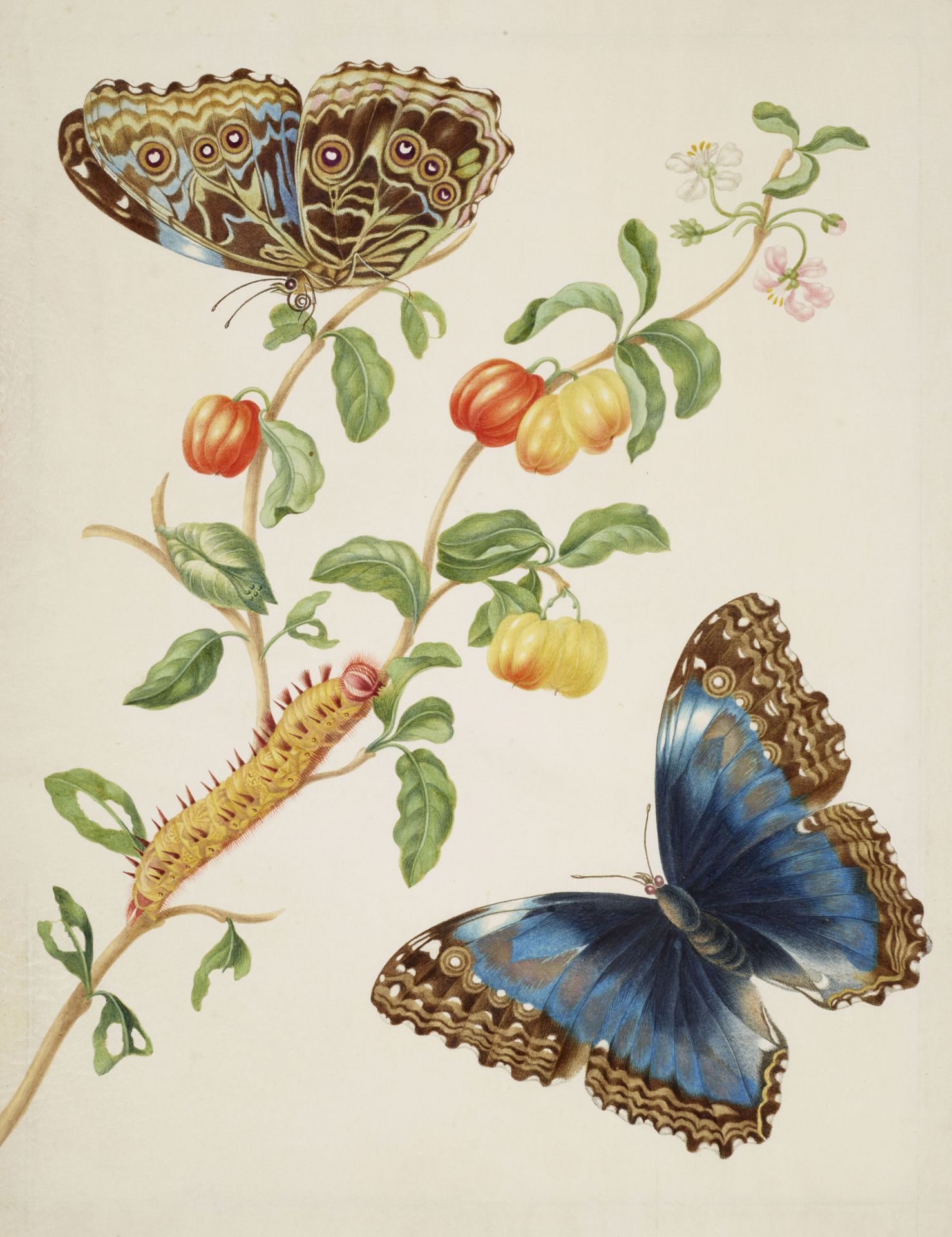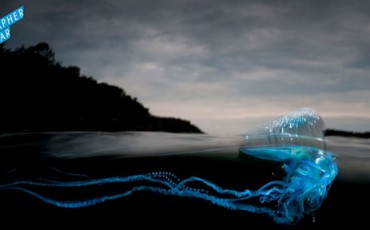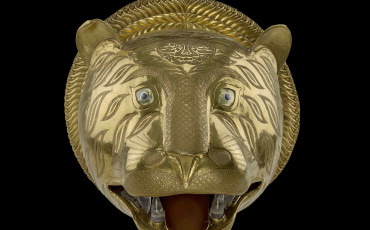The Queen’s Gallery at Buckingham Palace will host a new exhibition titled: Maria Merian’s Butterflies starting on Friday, 15 April 2016.
Maria Sibylla Merian was a German artist and entomologist who in 1699 set sail for Suriname, in South America. There she would spend two years studying the animals and plants which she encountered, aiming to explore the lifecycle of insects (then only partially understood). Those studies led to the publication of the Metamorphosis Insectorum Surinamensium (the Metamorphosis of the Insects of Suriname), a luxury volume which brought the wonders of Suriname to Europe.
Maria Merian’s Butterflies tells Merian’s story through her works in the Royal Collection, acquired by George III. Many are luxury versions of the plates of the Metamorphosis, partially printed and partially hand painted onto vellum by the artist herself. Over three hundred years after they were made, these meticulous, brilliant works celebrate a woman whose art and whose story are enduringly popular. The Maria Merian’s Butterflies exhibition is on at The Queen’s Gallery, Buckingham Palace from 15 April 2016 – 9 October 2016.

Branch of West Indian cherry with Achilles Morpho butterfly, 1701-05. Photo Credit: ©Royal Collection Trust/Her Majesty Queen Elizabeth II 2015.






